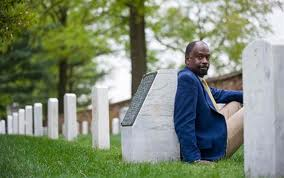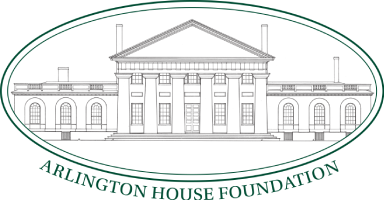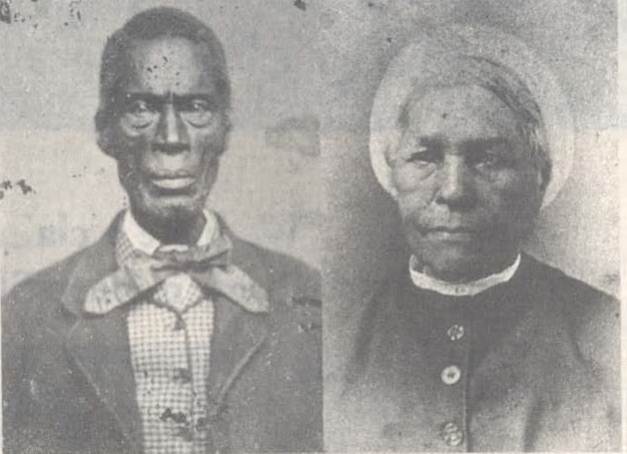Slavery at Arlington |

Arlington House, The Robert E. Lee Memorial is excited to announce the acquisition of a rare and previously unknown Civil War era stereo view photograph of enslaved housekeeper Selina Gray and two of her daughters. This extraordinary find was made by National Park Service Volunteer Dean DeRosa while perusing the online auction website, eBay. The seller, based in England, had found the photograph in a box of "unwanted" photographs at a "boot fair" in Kent, England. The Arlington House Foundation jumped into action to bid on the item and, against stiff competition, won the auction. The photograph itself is priceless and will be an invaluable addition to the park's museum collection, as identifiable period images of enslaved people are extremely rare. Only one other Civil War period photograph taken on site at Arlington House of an enslaved person owned by the Custis and Lee family has ever been known to exist prior to this discovery and that person is unidentified.
Selina Gray was a woman of great importance to the history of Arlington House. A house maid from her youth, she developed a close relationship with Mary Custis Lee, Robert E. Lee's wife. She was married in the same parlor as the Lee's and she and her husband, Thornton, raised seven children in the small quarters behind Arlington House. When the Civil War began and the Lee family left Arlington, Mary Lee entrusted care and protection of the home and many valuables to Selina Gray. When Mrs. Gray learned of Union soldiers breaking into the mansion and stealing precious Washington family heirlooms she confronted their commander, General McDowell who removed the items for safekeeping. Selina and her family were freed by the will of George Washington Parke Custis in December, 1862, but continued to live on the estate for several years. Their descendants are numerous and some still live in the area. Her children were instrumental in the restoration of Arlington House in the 1920s and '30s.

When James Parks died in August of 1929, he left behind one of the few slave accounts on record from which Arlington House was restored. Several journalists interviewed Jim during his final years to record his memories of the old plantation.. The only person buried in Arlington Cemetery who was born on the plantation, Jim Parks was laid to rest with military honors: in tribute to the man whose life linked Arlington's past and present. At the beginning of the Civil War, Jim Parks was eighteen years old. By May of 1861, the Lees had moved to Richmond, Virginia, leaving the slaves and overseer at Arlington. During the Civil War, he helped construct the enclosing wall around the cemetery and assisted with burials. He also helped construct Forts McPherson and Whipple, which is Fort Myer today.
 Wayne Parks said he remembered his grandfather repeatedly bringing him as a child to explain the bond. Parks' great-grandfather, James Parks, lived in Freedman's Village and other locations around Arlington House after being freed from slavery in December 1862 under the terms of the will of George Washington Parke Custis. "I was sitting on this wall gazing out over the cemetery and all of a sudden I got it," Parks said. "Our DNA is intrinsically intertwined in this property, integrated in this property. The spirits of my ancestors continue to exist here in this property." Wayne Parks said he remembered his grandfather repeatedly bringing him as a child to explain the bond. Parks' great-grandfather, James Parks, lived in Freedman's Village and other locations around Arlington House after being freed from slavery in December 1862 under the terms of the will of George Washington Parke Custis. "I was sitting on this wall gazing out over the cemetery and all of a sudden I got it," Parks said. "Our DNA is intrinsically intertwined in this property, integrated in this property. The spirits of my ancestors continue to exist here in this property."
|

 Sally and Leonard Norris were among the first generation of Arlington Slaves. In later years, their daughter Selina Gray was head housekeeper. Selina and her husband Thornton had seven children and raised their family in a single room in the South Slave Quarters.
Sally and Leonard Norris were among the first generation of Arlington Slaves. In later years, their daughter Selina Gray was head housekeeper. Selina and her husband Thornton had seven children and raised their family in a single room in the South Slave Quarters.